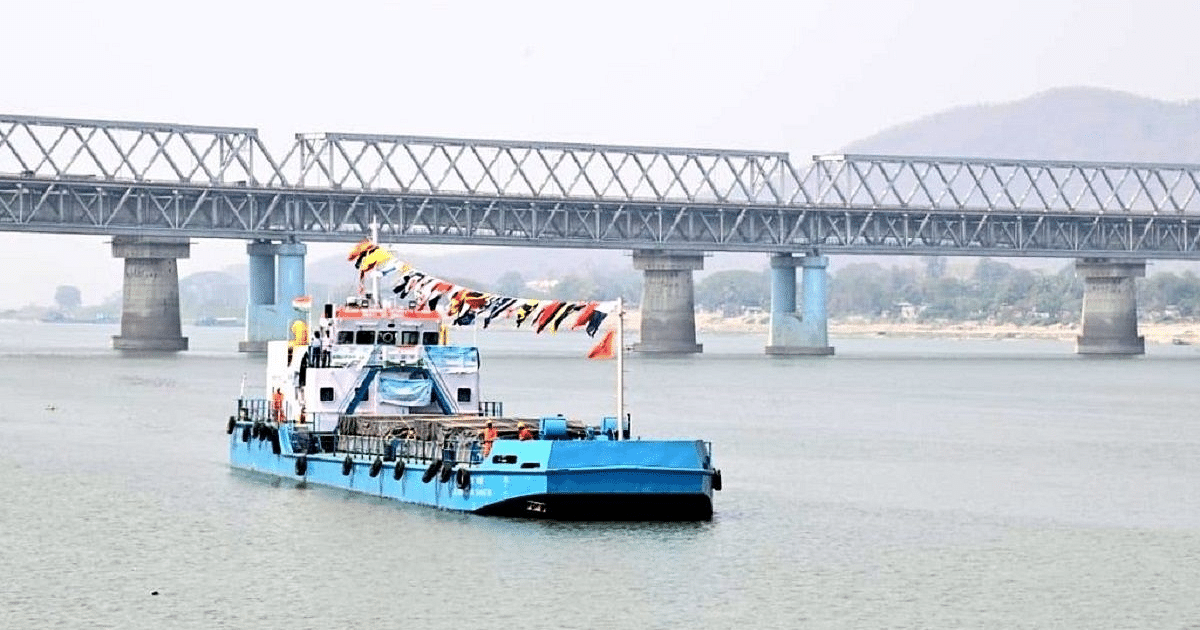China Approves World's Largest Hydropower Dam, Raises Concerns with Downstream Nations

Beijing, China - China has given the green light to build what is expected to be the world's largest hydropower dam on the Yarlung Zangbo River, near the Indian border, sparking concerns in downstream nations India and Bangladesh.
The $137 billion project, described as the world's biggest infrastructure undertaking, aims to harness the river's massive hydropower potential over a 2,000-meter vertical drop of 50 kilometers. The expected annual electricity generation of over 300 billion kWh is enough to meet the needs of 300 million people, surpassing China's Three Gorges Dam.
The project has raised concerns in India, where officials are worried about the dam's potential impact on water flow and release floods during hostilities. "It's a critical issue for national security," said one Indian official, who wished anonymity. "We can't afford to underestimate the implications of this massive project."
The site is located near a tectonic plate boundary, posing significant seismic risks. However, Chinese authorities have emphasized safety measures, saying that through extensive geological explorations and technical advancements, a solid foundation has been laid for the project.
China's official media described the project as a green initiative contributing to carbon neutrality and climate change mitigation, with integrated hydro, wind, and solar power, while also spurring economic growth in Tibet. "It is a project for national security, including water resources and domestic security," said Yan Zhiyong, former chairman of the Power Construction Corporation of China.
However, regional cooperation and ecological impacts continue to be major concerns. India and Bangladesh have an Expert Level Mechanism (ELM) for trans-border river discussions with China, which recently focused on data sharing.
The massive project has also sparked concerns about its strategic implications on the global energy landscape. As the world grapples with climate change, this is set to be one of the largest infrastructure projects in history.
